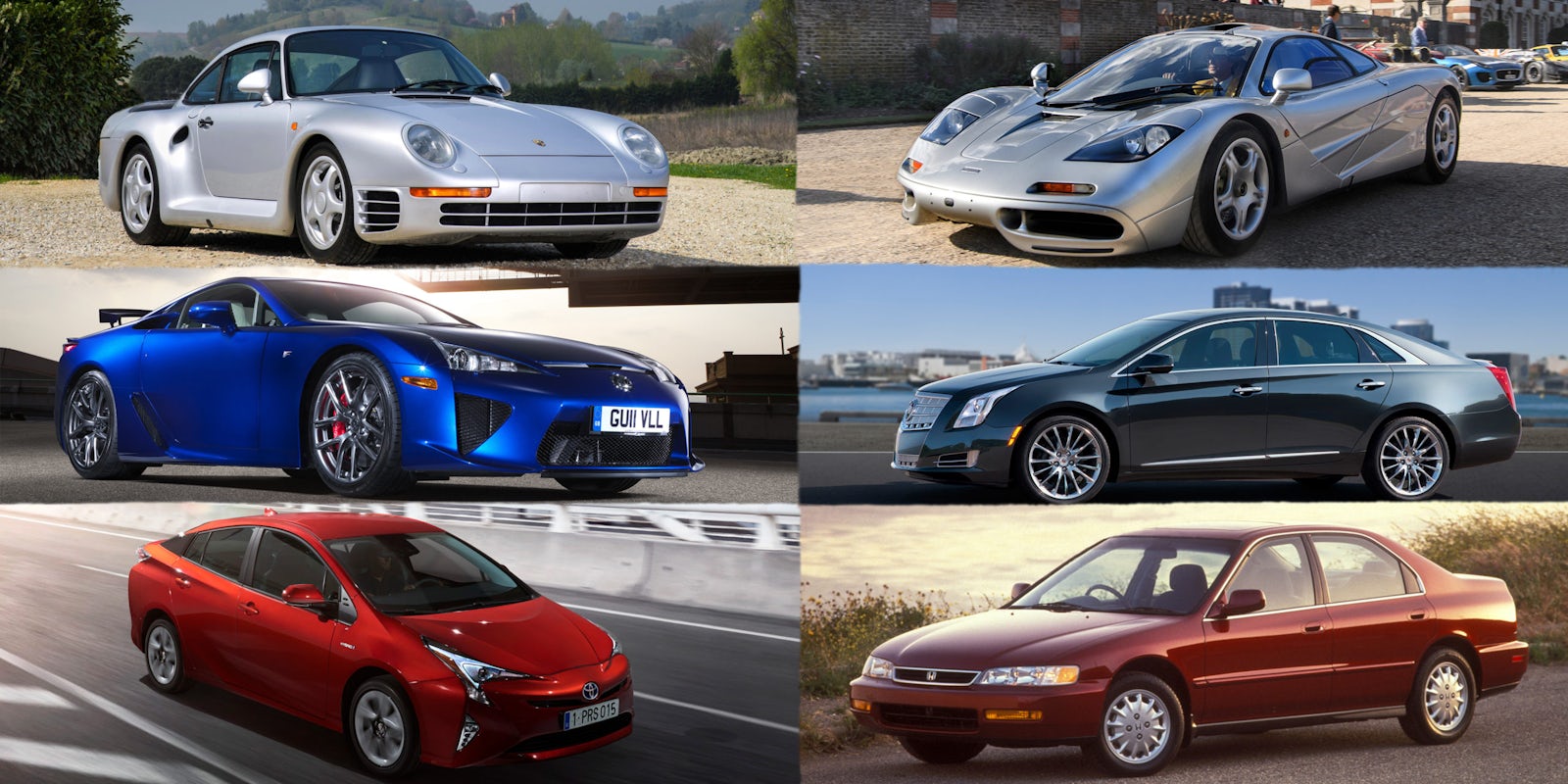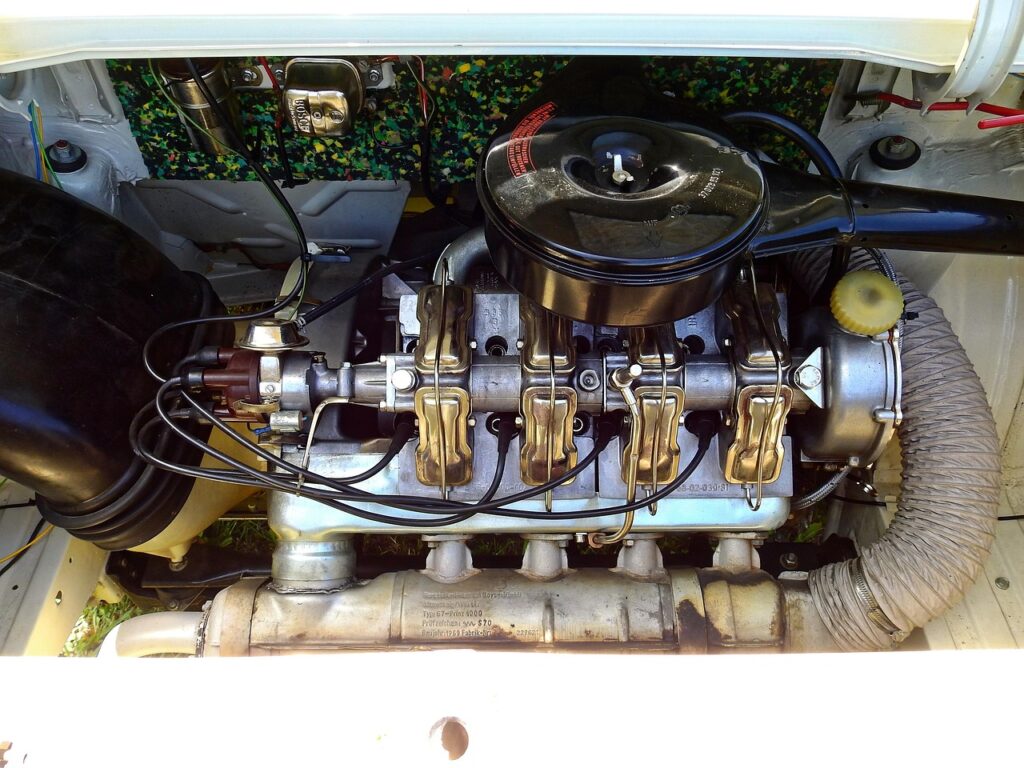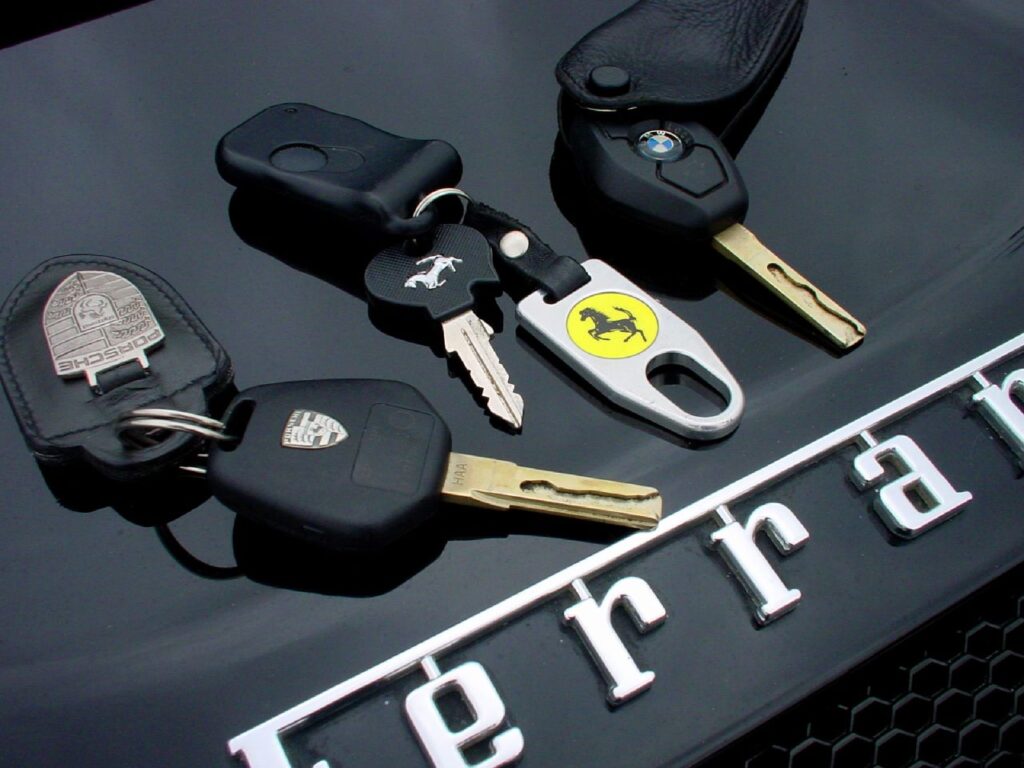
Let’s face it. Sometimes, our cars let us down. Vehicle manufacturers roll out cars that look promising but often don’t live up to the hype. It can suck after spending tens of thousands of dollars or entering a multi-year car loan to develop a case of buyer’s remorse. The dream of countless trouble-free miles can crumble into a relentless nightmare in just one short year.
Considering how much new and used cars go for these days, you need to know what you’re getting into. Making a buying decision based only on exterior aesthetics and specs might get you into trouble. Learning from other vehicle owners’ mistakes is one way to make better choices and avoid pitfalls that lead to profound regret. Our insights are meticulously gathered from vast datasets: rigorous Consumer Reports, the raw, honest feedback of thousands of real owners, and official industry recalls that reveal systemic flaws. This isn’t just hearsay; this is data-driven, cold, hard truth.
Today, we’re pulling back the curtain on a harsh reality of the automotive world. We’re talking about consistent, widespread patterns of disappointment that lead to profound buyer’s remorse. If you’re even thinking about buying a new or used car soon, you absolutely, positively need to understand these pitfalls before you make a costly mistake.
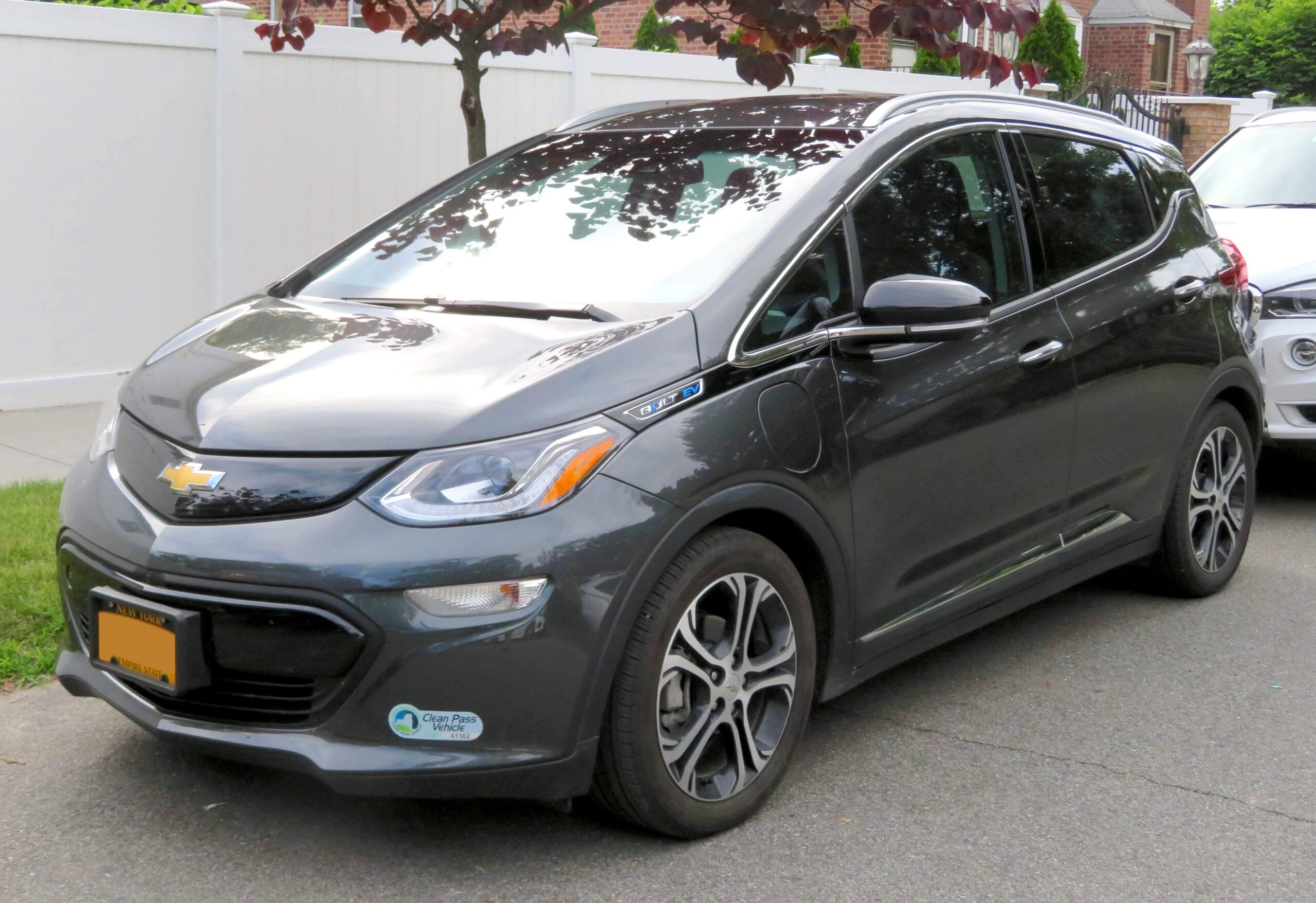
1. **Chevrolet Bolt**General Motors’ Chevrolet Bolt earns praise for its affordability and respectable range, presenting itself as an accessible entry into the electric vehicle market. However, behind this veneer of convenience and value lies a vehicle plagued with significant, widely reported problems, leading many owners to express deep regret. The initial promise of an economical EV solution quickly turned sour for many.
The most infamous issue is the Bolt’s battery-related fires, a serious safety concern that led to major recalls in both 2020 and 2021. This critical flaw stems from lithium-ion batteries made by LG that could short-circuit, overheat, and ignite into flames. Such a severe problem not only jeopardizes occupant safety but also fundamentally shakes consumer trust in the vehicle’s core technology.
Beyond the life-threatening battery problem, owners frequently point to several other shortcomings that detract from the overall ownership experience. The ride quality is often described as merely “so-so,” failing to provide expected comfort. Space for rear passengers is limited, and the handling characteristics receive lukewarm reviews. These combined factors illustrate why many Chevrolet Bolt owners regret their purchase.
Car Model Information: 2023 Chevrolet Bolt EUV FWD Premier
Name: Chevrolet Bolt EV
Caption: 2022 Chevrolet Bolt EV
Manufacturer: General Motors
Production: 2016–2023
ModelYears: 2017–2023
Class: Subcompact car
BodyStyle: hatchback
Layout: Front-engine, front-wheel-drive layout
Predecessor: Chevrolet Spark EV
Categories: 2020s cars, All Wikipedia articles in need of updating, All articles containing potentially dated statements, All articles to be merged, All articles with unsourced statements
Summary: The Chevrolet Bolt EV (marketed in Europe as Opel Ampera-e) is a battery electric subcompact hatchback manufactured and marketed by General Motors under its Chevrolet brand from late 2016 until late 2023, with a brief hiatus between mid-2021 and early 2022.
The first-generation Bolt was developed and manufactured with LG Corporation. Sales of the 2017 Bolt began in California in December 2016; it was released nationwide and international markets release in 2017. A rebadged European variant was marketed as the Opel Ampera-e in mainland Europe. In 2017, the Bolt was the second-best-selling plug-in car in the United States. It was named the 2017 Motor Trend Car of the Year, the 2017 North American Car of the Year, an Automobile magazine 2017 All Star, and was listed in Time magazine’s Best 25 Inventions of 2016. The Ampera-e was discontinued after 2018. By the end of 2020, GM had sold 112,000 Bolt and Ampera-e cars worldwide. The first-generation Bolt had been subject to at least three recalls due to battery fire risks.
In mid-2023, GM officials said they would discontinue the Bolt; after outcry, they announced plans for a next-generation model. The second-generation Bolt, based on the Chevrolet Bolt EUV, was unveiled on October 9, 2025 and will go on sale in 2026 as a 2027 model.
Get more information about: Chevrolet Bolt
Buying a high-performing used car >>>
Brand: Chevrolet Model: Bolt
Price: $22,992 Mileage: 23,569 mi.
Read more about: Inside Eddie Van Halen’s Dream Garage: 15 Iconic Cars Owned by the Rock Legend
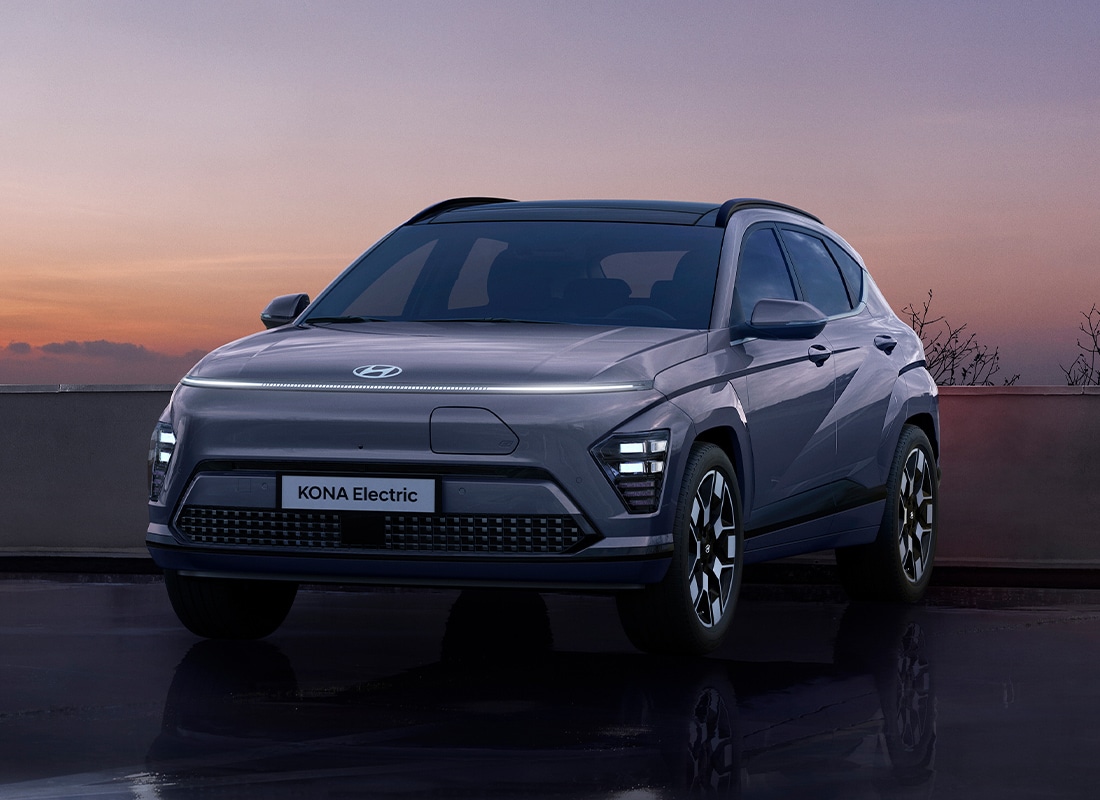
2. **Hyundai Kona Electric**Hyundai has been on an impressive roll with some interesting, well-received electric vehicles. But it has some clunkers, too, and Exhibit A is the Hyundai Kona Electric. Despite its initial promise, this model has unfortunately acquired a history marred by serious reliability concerns and critical flaws that have led to widespread dissatisfaction among owners.
Echoing issues seen in other early EVs, battery fires and subsequent recalls are an integral part of the Hyundai Kona Electric’s troubled past. The carmaker issued a worldwide recall in 2020 and 2021 to nip the fire risks in the bud by replacing battery packs in affected EVs. Such widespread recalls, while necessary for safety, invariably erode buyer confidence and impose considerable inconvenience on owners.
However, for many owners, the battery issues were just the tip of the iceberg, hinting at deeper, underlying problems within the vehicle. The phrase “Buyer beware!” becomes particularly relevant here, as initial cost savings or the appeal of an electric powertrain might mask a more complicated and frustrating ownership journey. These persistent problems transform the promise of cutting-edge electric mobility into a source of constant worry and unexpected expenses, leaving a lasting impression of regret.
Car Model Information: 2025 Alfa Romeo Stelvio Sprint
Name: Hyundai Kona
Caption: Hyundai Kona N Line (SX2)
Manufacturer: Hyundai Motor Company
Aka: Hyundai Kauai (Portugal)
Production: 2017–present
ModelYears: 2018–present
Class: Subcompact crossover SUV
BodyStyle: SUV
Layout: ubl
Categories: 2020s cars, All-wheel-drive vehicles, All Wikipedia articles in need of updating, All Wikipedia articles written in British English, Articles containing Chinese-language text
Summary: The Hyundai Kona (Korean: 현대 코나) is a subcompact crossover SUV produced by the South Korean manufacturer Hyundai. The first-generation Kona debuted in June 2017 and the production version was revealed later that year. It is positioned between the Venue or Bayon and the Tucson in Hyundai crossover SUV line-up. The battery electric version called the Kona Electric (or Kona EV) was first launched in South Korea during the first half of 2018 and rolled out gradually worldwide afterwards.
Get more information about: Hyundai Kona
Buying a high-performing used car >>>
Brand: Hyundai Model: Kona Electric
Price: $54,000 Mileage: 889 mi.
Read more about: Navigating the Wild: The Best 2025 SUVs Packed with Off-Roading Prowess for American Adventurers
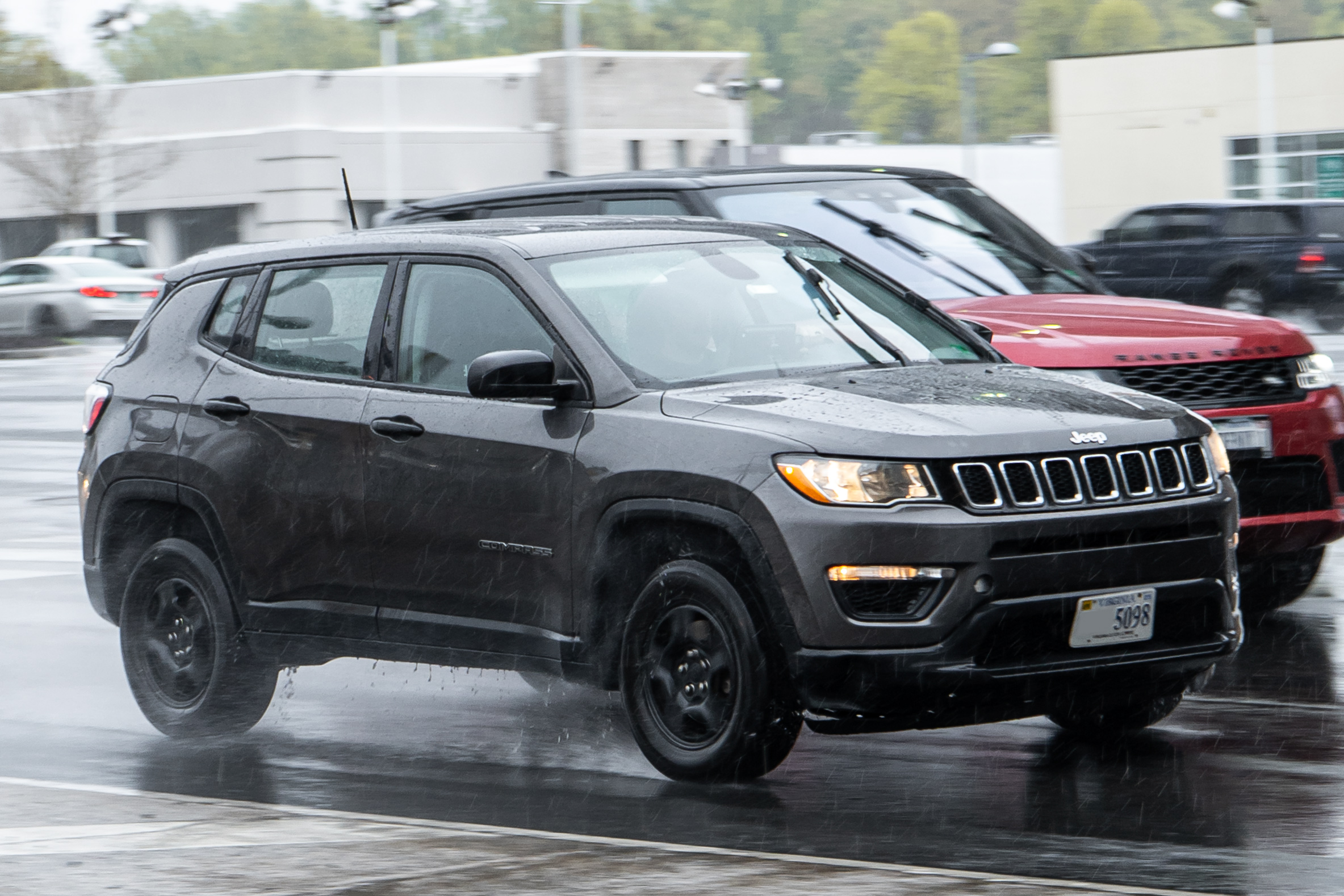
3. **Jeep Compass**The Jeep Compass, marketed as a compact SUV that carries the brand’s rugged legacy, has regrettably accumulated a long list of serious issues across various model years. For prospective buyers hoping for a reliable and adventurous vehicle, the reality of owning a Compass often diverges sharply from the brand’s iconic image, transforming the ownership experience into what some might describe as a “migraine headache on wheels.”
One of the most common and frustrating complaints from owners centers on the vehicle’s transmissions. Both the continuously variable transmission (CVT) and the 9-speed automatic transmissions are known to experience severe operational flaws. Owners frequently report “herky-jerky shifting” and, more alarmingly, “catastrophic failure,” indicating a fundamental design or manufacturing weakness in a critical powertrain component.
Beyond these debilitating transmission problems, the Jeep Compass suffers from a range of other performance and reliability issues. Owners consistently cite “poor engine performance,” and “excessive oil consumption” is another problem. To compound these mechanical woes, “electrical system issues” are also a recurrent theme. Collectively, these problems present a strong case for why many owners would urge others to “steer clear” of this SUV.
Car Model Information: 2024 Jeep Compass Latitude
Name: Jeep Compass
Caption: 2019 Jeep Compass
Manufacturer: Jeep
Production: 2006–present
ModelYears: 2007–present
Class: Compact crossover SUV
BodyStyle: SUV
Layout: Front-engine, front-wheel-drive layout
Chassis: Unibody
Categories: 2010s cars, 2020s cars, All-wheel-drive vehicles, All Wikipedia articles written in American English, Articles with short description
Summary: The Jeep Compass is a compact crossover SUV, introduced in 2006 for the 2007 model year. The first generation Compass and Patriot, its rebadged variant, were among Jeep’s first crossover SUVs. The second-generation Compass debuted in September 2016 in Brazil and at the Los Angeles International Auto Show in November 2016, sharing a modified platform with the Renegade. It is positioned between the smaller Renegade and the larger Cherokee globally or the Commander in South America. The third-generation Compass debuted in May 2025, built on the STLA Medium by Stellantis, shared with other PSA Groupe vehicles.
Get more information about: Jeep Compass
Buying a high-performing used car >>>
Brand: Jeep Model: Compass
Price: $19,988 Mileage: 53,969 mi.
Read more about: Beyond the Road: Unpacking the Complex Journey of EV Battery Recycling and Its Future
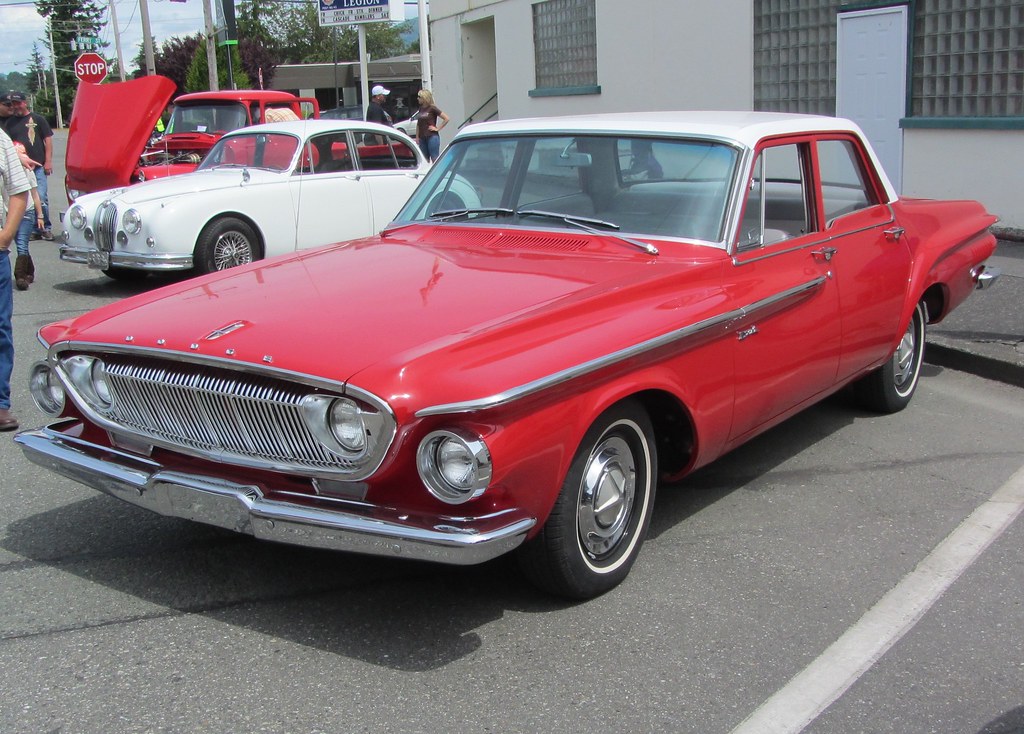
4. **Dodge Dart**The Dodge Dart, a compact sedan that aimed to deliver practicality and style, paradoxically became known for having “full-size car problems.” This model quickly earned a reputation as a vehicle many owners wished they had never purchased, reflecting a pervasive dissatisfaction that spanned multiple critical components and systems. It became a poster child for buyer’s remorse within its segment.
The list of reported woes for the Dodge Dart is extensive, touching nearly every aspect of the vehicle’s mechanical integrity. From its “transmission to the engine and from the suspension to the brakes,” owners encountered a litany of defects and malfunctions. This breadth of issues suggests a fundamental lack of quality control or engineering oversight across the entire manufacturing process.
Perhaps the most damning evidence of widespread owner dissatisfaction comes from independent consumer surveys. According to Consumer Reports, a staggering “around six in 10 buyers say they are not satisfied with the vehicle.” This statistic is a powerful indicator of the widespread regret experienced by a significant majority of Dart owners, underscoring the severity and ubiquity of its problems.
Read more about: Parking Lot Purgatory: 14 Vehicles Owners Deeply Regret After Years of Ownership
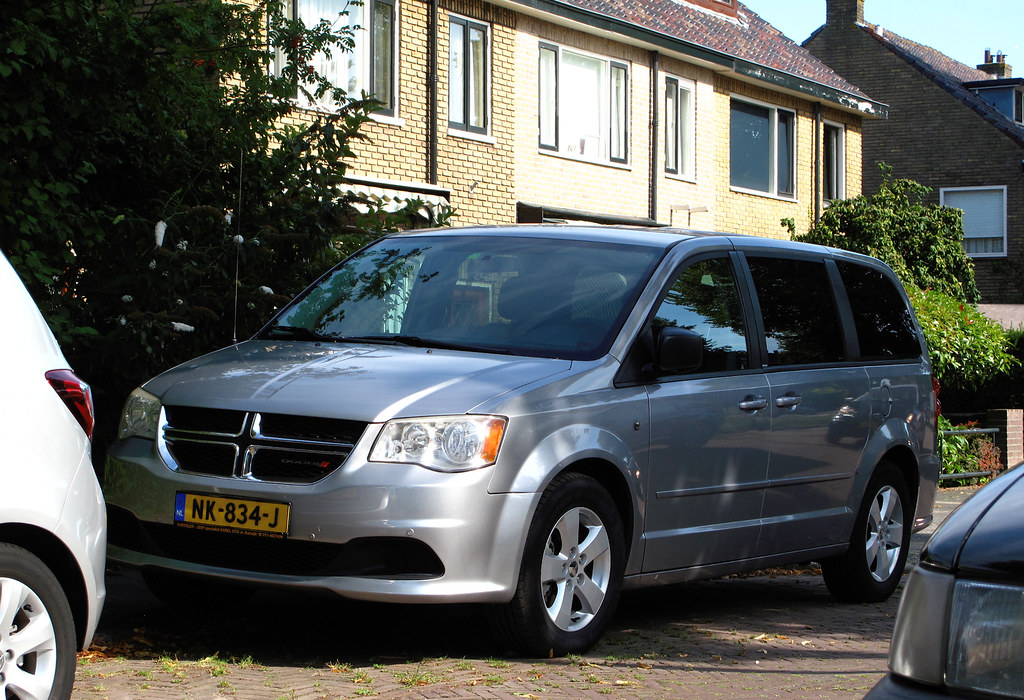
5. **Dodge Grand Caravan**While many families have memories of traveling in Dodge Grand Caravans, the minivans are “anything but smooth driving” for a significant number of owners. Despite its utility for transporting family, pets, and cargo, the Grand Caravan’s driving experience and reliability often fall short, transforming fond recollections into sources of frustration.
A predominant complaint that consistently emerges is the alarming frequency of “transmission failure.” This is a critical issue for any vehicle, especially one designed for family use where reliability is paramount. Before succumbing to complete breakdown, these transmissions often experience symptoms like “delayed gear engagement, rough shifting, and slipping,” compromising driving experience and posing safety risks.
Beyond the transmission, owners also report enduring other significant mechanical and electrical frustrations. “Electrical system problems” are a common grievance, and “heavy oil consumption” is another frequently cited issue. These signal potential engine wear or design flaws that demand constant monitoring and maintenance, adding to the burden of ownership.
The cumulative effect of these widespread reliability issues severely overshadows the utility offered by the Dodge Grand Caravan. If given the chance to “rewind time and have a do-over,” a substantial number of these owners would “gladly choose something else,” cementing the Grand Caravan’s place on the list of regrettable vehicle purchases.
Car Model Information: 2025 Alfa Romeo Stelvio Sprint
Caption: 2011 Dodge Grand Caravan Mainstreet
Name: Dodge Grand Caravan
Manufacturer: Chrysler Corporation,Daimler AG,Chrysler LLC,Chrysler Group LLC,FCA US LLC
Class: Minivan
Layout: FF layout,F4 layout
Production: November 2, 1983 –August 21, 2020
ModelYears: 1984–2020
Related: Plymouth Voyager,Chrysler Town & Country (minivan),Dodge Mini Ram,Chrysler Voyager,Volkswagen Routan
Assembly: Windsor, Ontario,Fenton, Missouri,Fenton, Missouri,Fuzhou
Successor: Dodge Journey,Chrysler Voyager
Categories: All-wheel-drive vehicles, All articles with unsourced statements, Articles with short description, Articles with unsourced statements from December 2017, Articles with unsourced statements from May 2009
Summary: The Dodge Caravan is a series of minivans manufactured by Chrysler from the 1984 through 2020 model years. The Dodge version of the Chrysler minivans, was marketed as both a passenger van and a cargo van (the only version of the model line offered in the latter configuration). For 1987, the model line was joined by the long-wheelbase Dodge Grand Caravan. Produced in five generations across 36 model years, the Dodge Caravan is the second longest-lived Dodge nameplate (exceeded only by the Dodge Charger). Initially marketed as the Dodge counterpart of the Plymouth Voyager, the Caravan was later slotted between the Voyager and the Chrysler Town & Country. Following the demise of Plymouth, the model line became the lowest-price Chrysler minivan, ultimately slotted below the Chrysler Pacifica.
Sold primarily in the United States and Canada, the Dodge Caravan was also marketed in Europe and other international markets under the Chrysler brand (as the Chrysler Voyager or Chrysler Caravan). From 2008 onward, Dodge marketed the model line only as the Grand Caravan; Ram Trucks sold a cargo-only version of the model line as the Ram C/V Tradesman. The model line was also rebranded as the Volkswagen Routan from 2009 through 2014.
After the 2020 model year, the Dodge Grand Caravan was discontinued, ending production on August 21, 2020. For 2021 production, the Grand Caravan nameplate was moved to Chrysler, which used it for a Canadian-market version of the Chrysler Pacifica (in the United States, the exact vehicle was marketed as the Chrysler Voyager).
For its entire production run, the Dodge Caravan/Grand Caravan was manufactured by Chrysler Canada (now Stellantis Canada) at its Windsor Assembly facility (Windsor, Ontario). From 1987 until 2007, the model line was also manufactured by Chrysler at its Saint Louis Assembly facility (Fenton, Missouri). Since their introduction in late 1983, over 14.6 million Chrysler minivans have been sold worldwide (including export versions and versions sold through rebranding).
Get more information about: Dodge Caravan
Buying a high-performing used car >>>
Brand: Dodge Model: Grand Caravan
Price: $54,000 Mileage: 889 mi.
Read more about: Parking Lot Purgatory: 14 Vehicles Owners Deeply Regret After Years of Ownership
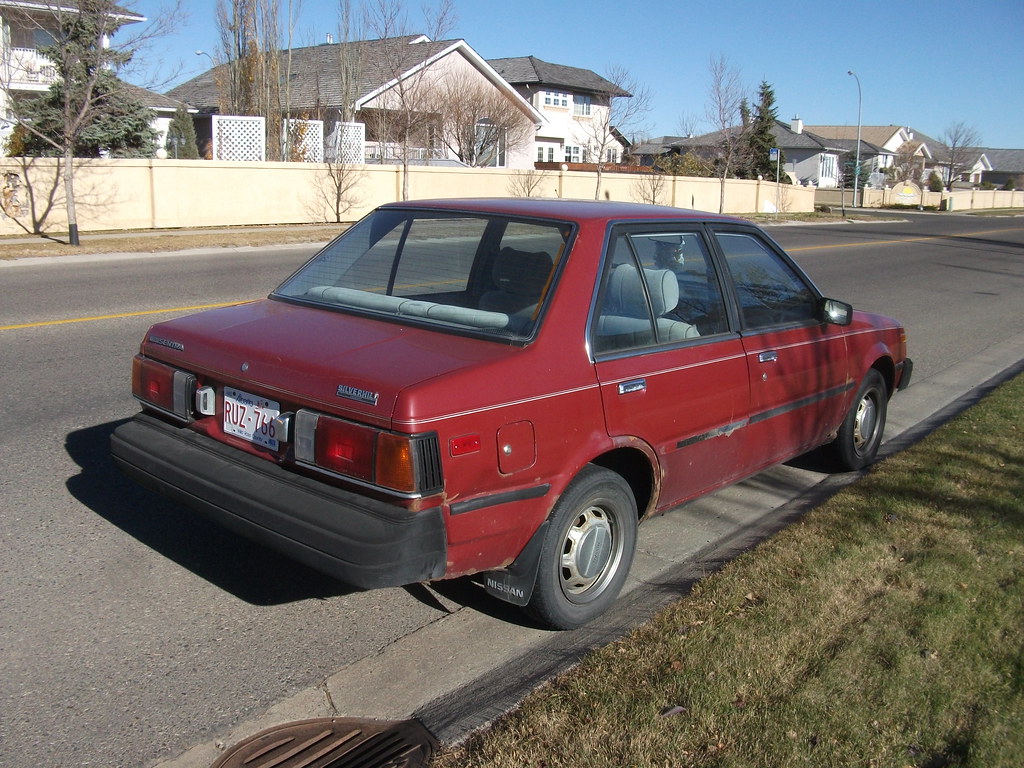
6. **Nissan Sentra**While there are some good Nissan Sentra model years, certain model years were “horrific,” specifically those manufactured “from 2013 to 2019.” This period saw the Sentra become synonymous with a pervasive and deeply frustrating powertrain issue that significantly impacted its reputation and led to widespread owner regret.
The primary culprit behind this dissatisfaction is the infamous continuously variable transmission (CVT), which became a “thorn in the side of many Sentra owners.” This particular transmission design was prone to a host of debilitating problems, including “overheating, jerky acceleration, and shuddering.” Such issues not only make for an uncomfortable and unreliable driving experience but also signal potential long-term durability concerns.
Beyond the well-documented CVT failures, the Nissan Sentra from these problematic years presented owners with an extensive “laundry list of issues.” This included “engine stalling,” a serious safety hazard that can leave drivers unexpectedly stranded. The vehicle also faced numerous “recalls related to the vehicle’s airbags, seatbelts, brakes, and more,” highlighting fundamental safety and quality control shortcomings.
These systemic problems transform the Nissan Sentra from a seemingly sensible and affordable compact car into a source of constant frustration and financial drain. For anyone considering a used vehicle from these model years, the overwhelming evidence of widespread issues strongly advises them to “stay away.”
Car Model Information: 2024 Nissan Sentra S
Name: Nissan Sentra
Caption: 2021 Nissan Sentra SR (B18; Canada)
Manufacturer: Nissan
Aka: Nissan Sunny
Production: 1982–present
Class: Subcompact car
Predecessor: Nissan Sunny#B310
Categories: 1990s cars, 2000s cars, 2010s cars, 2020s cars, All Wikipedia articles written in American English
Summary: The Nissan Sentra is a series of automobiles manufactured by the Japanese automaker Nissan since 1982. Since 1999, the Sentra has been categorized as a compact car, while previously it occupied the subcompact class. Until 2006, Sentra was a rebadged export version of the Japanese Nissan Sunny, but since the 2013 model year, Sentra is a rebadged export version of the Sylphy. The Sentra nameplate is not used in Japan. Many other countries in Latin America sell their versions of the Sunny as the Sentra. In Mexico, the first three generations of the Sentra were known as the Nissan Tsuru (Japanese for crane), and the B13 model was sold under that name until 2017, alongside the updated models badged as Sentra.
In North America, the Sentra currently serves as Nissan’s compact car, despite being rated as a mid-size car by the EPA due to its interior volume since the 2007 model year. While previous Sentras were subcompacts, the Sentra has grown over the years, with the Nissan Versa having replaced the Sentra in the entry-level area.
The Sentra name was created for Nissan by Ira Bachrach of NameLab, and Bachrach describes the origin as “Nissan wanted consumers to understand that it was quite safe even though it was small. The word Sentra sounds like central as well as sentry, which evokes images of safety.”
Get more information about: Nissan Sentra
Buying a high-performing used car >>>
Brand: Nissan Model: Sentra
Price: $17,487 Mileage: 24,259 mi.
Read more about: Under the Hood Heroes: 16 Import Cars Mechanics Secretly Adore for Bulletproof Reliability and Unsung Value
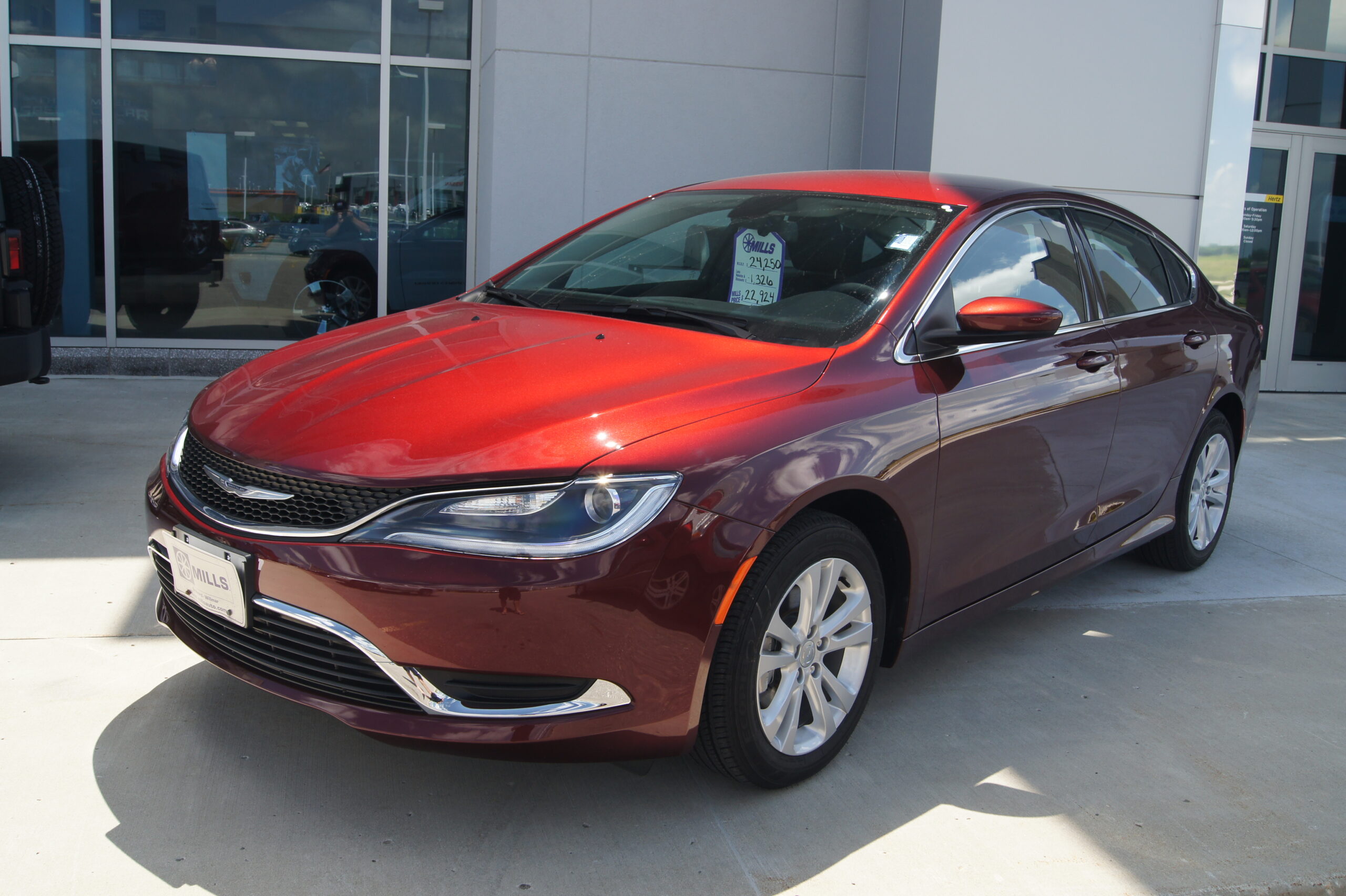
7. **Chrysler 200**The Chrysler 200, manufactured between “2011 to 2017,” was ultimately plagued by a host of “many reliability issues” that left a lasting negative impression on its owners. This model, intended to compete in a crowded segment, became a prime example of how inconsistent quality can quickly lead to widespread buyer’s remorse and significant dissatisfaction among consumers.
A major point of contention for many Chrysler 200 owners, especially those with the “2015, 2016, and 2017 models,” was the particularly problematic “9-speed automatic tranny.” This transmission was not just a source of minor inconvenience; its issues were so severe that “transmission failure was a thing,” meaning a complete breakdown was a recognized and common occurrence, incurring substantial repair costs.
These transmission woes were often “just for starters,” indicating that owners frequently encountered a cascade of other mechanical problems. The vehicle also “suffers from engine performance problems,” which can manifest as a lack of power, rough idling, or other operational inconsistencies. These engine issues further contribute to the vehicle’s reputation for unreliability.
The cumulative effect of these significant and varied reliability issues painted a clear picture of the Chrysler 200 as a vehicle that simply did not meet the expectations of durability and trouble-free operation. For many, what began as a promising purchase quickly devolved into a series of frustrating repairs and unexpected expenses.
Beyond the initial disillusionment, our journey into regrettable car purchases continues, shining a light on additional models where promises fell flat and left owners grappling with costly mistakes. These vehicles highlight pervasive issues, ranging from powertrain problems to insidious electrical gremlins, underscoring the critical need for consumers to look beyond initial appeal and deeply consider long-term reliability.
Car Model Information: 2013 Chrysler 200 Touring
Name: Chrysler 200
Manufacturer: Chrysler
Production: 2010–2016
ModelYears: 2011–2017
Assembly: Sterling Heights, Michigan
Class: Mid-size car
Sp: us
Predecessor: Chrysler Sebring
Categories: 2010s cars, All articles with dead external links, All articles with unsourced statements, Articles with dead external links from July 2020, Articles with permanently dead external links
Summary: The Chrysler 200 is a mid-size sedan that was manufactured and marketed by Chrysler from model years 2011 to 2017 across two generations in four-door sedan and two-door convertible (first generation only) body styles.
The 200 nameplate debuted on the 200C, a prototype hybrid vehicle shown at the 2009 North American International Auto Show in Detroit and based on the Chrysler 300. The 200C concept was engineered to accept either traditional gasoline, hybrid or full-electric powertrains.
Get more information about: Chrysler 200
Buying a high-performing used car >>>
Brand: Chrysler Model: 200
Price: $7,788 Mileage: 117,030 mi.
Read more about: Under the Hood Heroes: 16 Import Cars Mechanics Secretly Adore for Bulletproof Reliability and Unsung Value
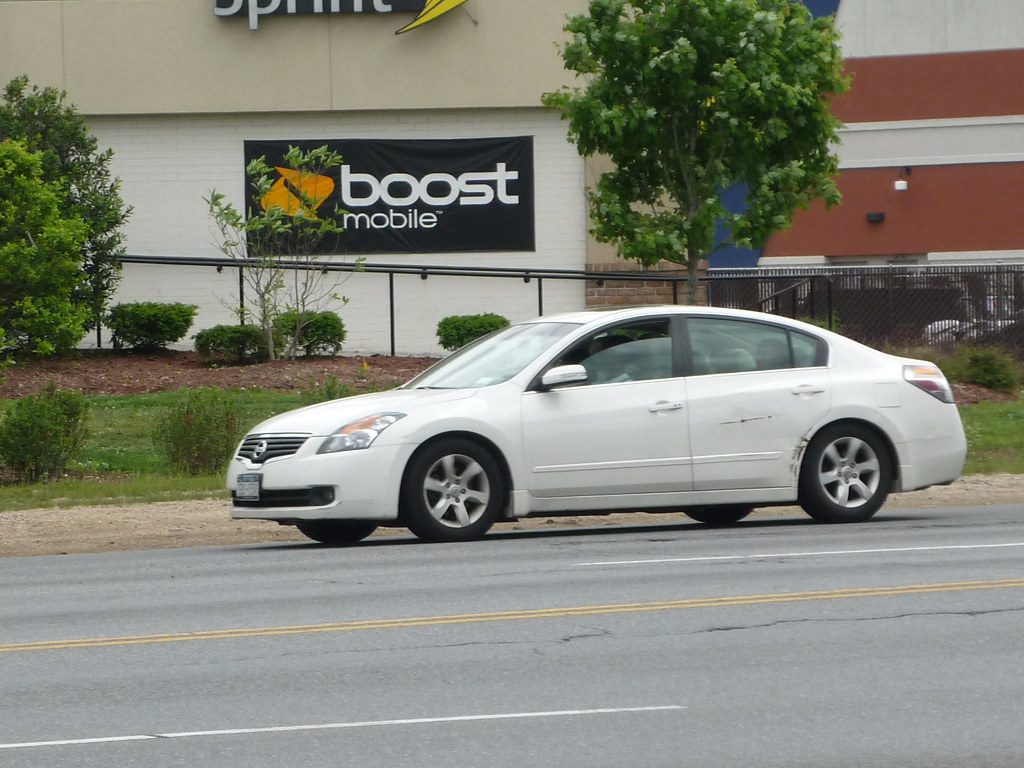
8. **Nissan Altima**Another car that consistently leaves owners wishing for a different purchase is the Nissan Altima. This model, particularly during the 2013 to 2019 model years, has become synonymous with a specific and deeply problematic component: its continuously variable transmission, or CVT. Owners frequently report this transmission as a major source of frustration, with issues that significantly detract from the driving experience.
The CVT in these Altima models has raised its ugly head with a variety of operational woes. These problems are not just minor inconveniences; they directly impact the vehicle’s performance and reliability. Such widespread transmission troubles can lead to costly repairs and a general sense of unease for drivers who rely on their vehicle for daily commuting.
Beyond the well-documented CVT failures, the Nissan Altima from this period also struggles with several other mechanical shortcomings. Owners have pointed to problems with the steering system, which can compromise handling and safety. Additionally, issues like excessive oil consumption and persistent oil leaks are frequently cited, indicating deeper engine-related reliability concerns that add to the financial burden and frustration of ownership.
Car Model Information: 2023 Nissan Altima 2.5 SV
Name: Nissan Altima
Caption: 2024 Nissan Altima SR (L34; US)
Manufacturer: Nissan
Aka: Nissan Bluebird
Production: 1992–present
Class: Compact car
Predecessor: Nissan Bluebird,Nissan Stanza
ModelYears: 1993–present
Categories: 2000s cars, 2010s cars, 2020s cars, All-wheel-drive vehicles, All Wikipedia articles written in American English
Summary: The Nissan Altima is a mid-size car manufactured by Nissan since 1992. It is a continuation of the Nissan Bluebird line, which began in 1955.
The Altima has historically been larger, more powerful, and more luxurious than the Nissan Sentra but less so than the Nissan Maxima. The first through fourth-generation cars were manufactured exclusively in the United States and officially sold in North and South America, along with the Middle East and Australia. For other markets, Nissan sold a related mid-size sedan called the Nissan Teana which was between the Altima and Maxima in terms of size. In 2013, the Teana became a rebadged version of the fifth-generation Altima.
The name “Altima” was originally applied to a top trim line of the Nissan Leopard for the Japanese market in 1986, and then to the Nissan Laurel Altima mid-size car sold in Central America and the Caribbean before 1992. In 1992, Nissan discontinued the Stanza which was a Nissan Bluebird clone, replacing it with the US-built Altima, while remaining a compact car. The first Altima was produced in June 1992, as a 1993 model. All Altima models for the North American market were built in Smyrna, Tennessee, until June 2004, when Nissan’s Canton, Mississippi plant also began producing the model to meet high demand.
Get more information about: Nissan Altima
Buying a high-performing used car >>>
Brand: Nissan Model: Altima
Price: $17,990 Mileage: 64,614 mi.
Read more about: Undervalued ’80s Imports: 9 Easy-to-Maintain Restoration Gems You Need to Know About
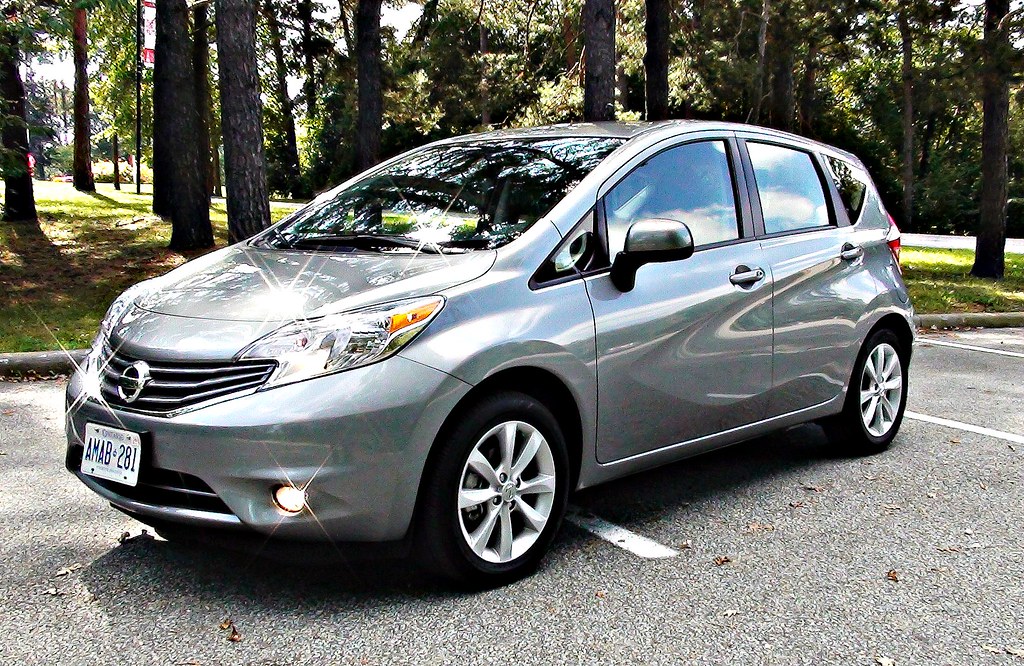
9. **Nissan Versa Note**For those drawn to the allure of an exceptionally low price tag, the Nissan Versa Note often serves as a stark reminder that sometimes, you truly get what you pay for. Marketed as a super-cheap small hatchback, its affordability regrettably mirrors a less-than-stellar quality level, leading many owners to express significant buyer’s remorse shortly after their purchase.
A primary source of dissatisfaction among Nissan Versa Note owners is, once again, the continuously variable transmission (CVT). This transmission system consistently frustrates owners to no end, proving to be a critical flaw in a vehicle designed for economical, hassle-free urban driving. The inherent issues with this CVT design contribute significantly to a compromised and often unreliable driving experience.
Furthermore, the vehicle’s powertrain issues aren’t limited to the transmission alone. Owners frequently lament the anemic acceleration provided by its 1.6-liter 4-cylinder engine. This lack of power, combined with the problematic CVT, makes for a driving experience that feels underpowered and sluggish, especially when attempting to merge onto highways or navigate inclines. The cumulative effect of these performance shortcomings transforms the initial appeal of a cheap car into a prolonged period of regret.
Car Model Information: 2025 Alfa Romeo Stelvio Sprint
Name: Nissan Note
Manufacturer: Nissan
Production: 2004–present
Class: Mini MPV
BodyStyle: hatchback
Layout: Front-engine, front-wheel-drive layout,Front-engine, four-wheel-drive layout
Predecessor: Nissan Almera Tino
Aka: Nissan Versa
Caption: Nissan Note (E13)
Categories: 2010s cars, 2020s cars, All-wheel-drive vehicles, All Wikipedia articles written in British English, All articles containing potentially dated statements
Summary: The Nissan Note (Japanese: 日産・ノート, Hepburn: Nissan Nōto) is a supermini/subcompact hatchback or a mini MPV manufactured and marketed globally by Nissan. Introduced in 2004, the first-generation Note was primarily marketed in Japan and Europe, and was produced in Japan and the United Kingdom. The second-generation model was sold in other regions, including North America where it was manufactured in Mexico and marketed as the Versa Note, and Thailand, where it serves as one of the B-segment hatchback offered by the brand alongside the smaller March/Micra under the Eco Car tax scheme.
In 2017, the second-generation Note was replaced by the French-built K14 Micra for the European market. The Versa Note was discontinued in North America in 2019 due to the decreasing demand for subcompact hatchbacks in the region. It continued to be produced and sold in Japan up to the introduction of the third-generation Note in late 2020.
The Note was introduced with a series hybrid drivetrain in late 2016 as the Note e-Power. Due to its popularity and the push of electrification, the third-generation Note is only available with the e-Power drivetrain, with a WLTC fuel economy of 29.5 kilometres per litre (69 mpg‑US).
Get more information about: Nissan Note
Buying a high-performing used car >>>
Brand: Nissan Model: Versa Note
Price: $54,000 Mileage: 889 mi.
Read more about: Beyond the Road: Unpacking the Complex Journey of EV Battery Recycling and Its Future
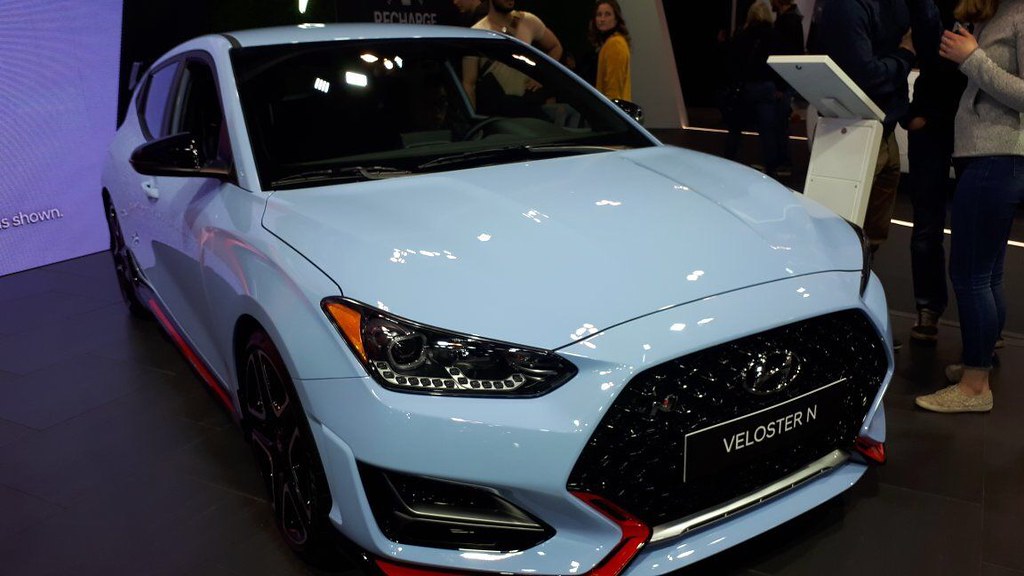
10. **Hyundai Veloster**With its cool-looking, distinctive styling, unique three-door configuration, and promises of responsive handling, the Hyundai Veloster certainly captures attention. However, beneath this attractive facade lies a vehicle plagued by a host of problems that have proven difficult for owners to ignore, turning an initially exciting purchase into a source of considerable vexation.
One of the most alarming concerns for Veloster owners centers on its engine, with reports of issues that can unfortunately lead to catastrophic failure. Such severe engine problems represent a significant financial risk and a major blow to consumer confidence, transforming the vehicle from a sporty companion into a potential liability. These critical failures can leave owners facing immense repair bills or even the need for engine replacement.
Adding to the mechanical woes, the Veloster’s dual-clutch transmission also presents a range of frustrating issues. Owners frequently experience delayed acceleration, a troubling lag between pressing the pedal and the vehicle responding, as well as slipping gears and jerky shifts. These transmission inconsistencies diminish the sporty driving experience and can contribute to a feeling of unreliability.
As if these powertrain issues weren’t enough, the Hyundai Veloster also has documented suspension and steering problems, further compounding the reasons why many owners regret choosing this outwardly appealing model. The combination of engine, transmission, and chassis issues paints a clear picture of pervasive dissatisfaction.
Car Model Information: 2013 Hyundai Veloster Base
Name: Hyundai Veloster
Manufacturer: Hyundai Motor Company
Production: 2011–2022
Class: Sport compact car
Layout: Front-engine, front-wheel-drive layout
BodyStyle: hatchback
Predecessor: Hyundai Tiburon
ModelYears: 2012–2022
Assembly: Ulsan
Categories: All Wikipedia articles in need of updating, All articles with unsourced statements, Articles containing Korean-language text, Articles with short description, Articles with unsourced statements from May 2018
Summary: The Hyundai Veloster (Korean: 현대 벨로스터, romanized: Hyeondae Belloseuteo) is a compact car which was produced by Hyundai from 2011 until 2022. The car differs from most other hatchbacks with its asymmetrical door configuration, featuring one large door on the driver side and two smaller doors on the passenger side. This configuration is more common on commercial vehicles and minivans.
Get more information about: Hyundai Veloster
Buying a high-performing used car >>>
Brand: Hyundai Model: Veloster
Price: $9,489 Mileage: 73,577 mi.
Read more about: Under the Hood Heroes: 16 Import Cars Mechanics Secretly Adore for Bulletproof Reliability and Unsung Value
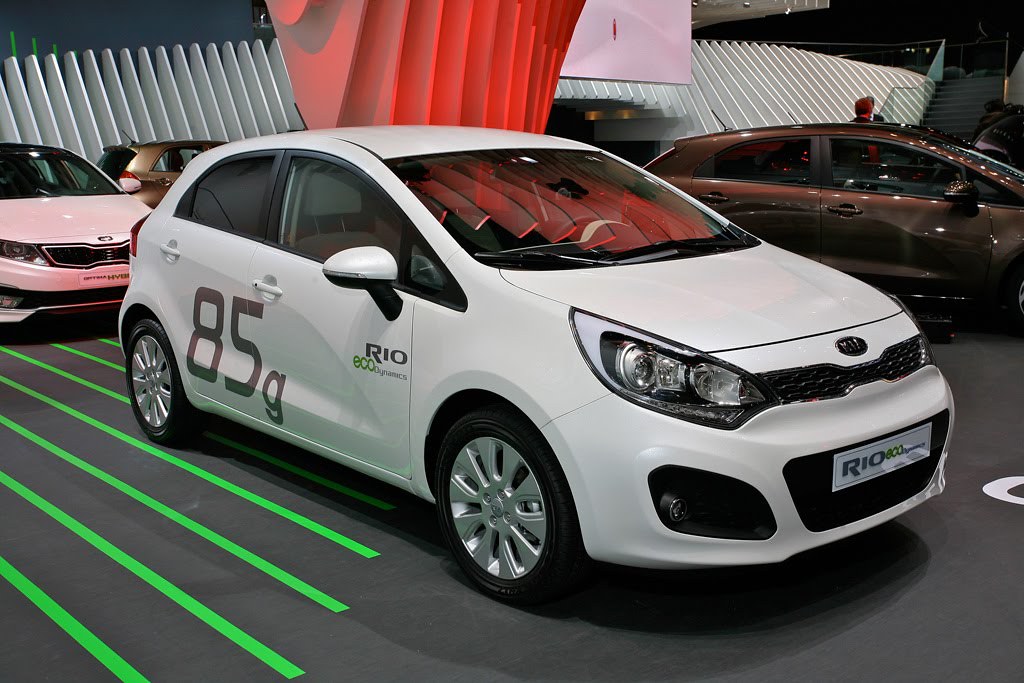
11. **Kia Rio**Owners of the Kia Rio often find themselves grappling with a significant case of buyer’s remorse, despite the vehicle’s initial reputation for affordability and efficiency. While these attributes might attract budget-conscious buyers, the vehicle is just as well known for a litany of engine issues and other quality concerns that ultimately overshadow its economic appeal.
The most prevalent complaints from Kia Rio owners revolve around its engine performance. Drivers frequently report experiencing rough idling, where the engine vibrates unusually when stationary, and persistent misfires. These issues are typically symptomatic of underlying problems with critical components such as the spark plugs or ignition coils, demanding unexpected maintenance and repair.
Beyond the engine bay, owners also voice strong dissatisfaction with the interior of the Kia Rio. Many complain about the cheap interior quality, noting materials that feel flimsy and wear prematurely. This, combined with comfort issues related to seating and overall cabin ergonomics, significantly detracts from the daily ownership experience. What starts as a practical, affordable choice often quickly devolves into frustration over ongoing mechanical and comfort shortcomings.
Car Model Information: 2019 Kia Rio LX
Name: Kia Rio
Caption: Fourth generation Kia Rio
Manufacturer: Kia
Aka: Kia Pride (2005–2017),Kia K2 (China; 2011–2020)
Production: November 1999 – December 2023
ModelYears: 2001–2023 (North America)
BodyStyle: hatchback
Class: Subcompact car
Layout: Front-engine, front-wheel-drive layout
Predecessor: Kia Pride,Kia Avella
Successor: Kia K3 (BL7),Kia Soluto
Categories: 2000s cars, 2010s cars, Articles containing Korean-language text, Articles with short description, CS1 Croatian-language sources (hr)
Summary: The Kia Rio (Korean: 기아 리오) is a subcompact car manufactured by Kia from 1999 to 2023. Body styles have included a three and five-door hatchback and four-door sedan, equipped with inline-four gasoline and diesel engines, and front-wheel drive.
The Rio replaced the first generation Pride—a rebadged version of the Ford Festiva—and the Avella, a subcompact sold as a Ford in some markets. A second generation was introduced in 2005 in Europe and in 2006 in North America, sharing its platform with the Hyundai Accent, a subcompact manufactured by its sister Hyundai Motor Company in South Korea.
In August 2023, the K3 was introduced as its successor in several markets such as Mexico and the GCC countries.
Get more information about: Kia Rio
Buying a high-performing used car >>>
Brand: Kia Model: Rio
Price: $11,469 Mileage: 49,180 mi.
Read more about: Navigating the Wild: The Best 2025 SUVs Packed with Off-Roading Prowess for American Adventurers
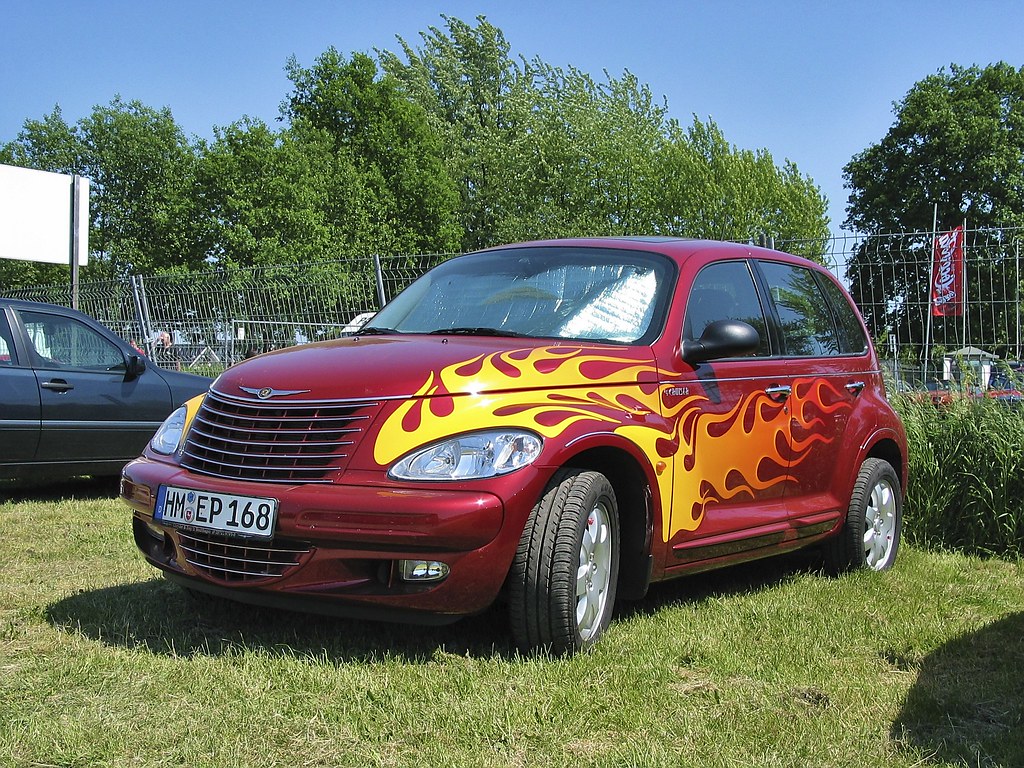
12. **Chrysler PT Cruiser**The Chrysler PT Cruiser is a vehicle that has always provoked strong opinions, largely due to its distinct retro styling – a look that people either love or, more commonly, love to hate. Yet, for many owners, the vehicle’s divisive aesthetics are far from the only things wrong with it. Beneath its polarizing exterior, the PT Cruiser harbors a multitude of mechanical issues that frequently lead to profound buyer’s remorse.
Indeed, the list of engine issues for the Chrysler PT Cruiser is extensive and deeply concerning, spanning a range of debilitating problems. Owners report everything from sudden stalling and rough idling to persistent overheating. Perhaps most critically, the vehicle is known for head gasket failure, a major mechanical breakdown that can lead to extremely expensive repairs or even render the engine irreparable.
Compounding these severe engine problems, the PT Cruiser also suffers from significant transmission and electrical issues. These additional malfunctions add to a growing list of grievances, creating a vehicle that demands constant attention and frequent, costly trips to the repair shop. Collectively, these pervasive mechanical and electrical woes solidify the PT Cruiser’s place on the list of vehicles that leave owners regretting their initial buying decision.
Car Model Information: 2025 Alfa Romeo Stelvio Sprint
Name: Chrysler PT Cruiser
Manufacturer: Chrysler
ModelCode: PT,PG
Production: 2000–2010
ModelYears: 2001–2010
Assembly: Toluca, Mexico State
Designer: Bryan Nesbitt
Class: Compact car
BodyStyle: convertible
Platform: Chrysler PT platform
Related: Dodge SRT4,Dodge Neon
Predecessor: Dodge Neon
Successor: Lancia Delta#Third generation
Layout: Front-engine, front-wheel-drive layout
Engine: ubl
Transmission: Ultradrive#40TE
Wheelbase: 103 in
Abbr: on
Length: 168.8 in
Width: 67.1 in
Height: 63 in
Weight: 3123 lb
Categories: 2010s cars, All articles with unsourced statements, Articles with short description, Articles with unsourced statements from March 2018, Cars discontinued in 2010
Summary: The Chrysler PT Cruiser is a compact car that was built by the American company Chrysler from 2001 until 2010. Introduced as a five-door hatchback wagon, a two-door convertible variant was also made from 2005 until 2008.
Originally planned as a Plymouth model, the PT Cruiser was ultimately marketed as a Chrysler when Plymouth was discontinued. Intended to invoke 1930s aesthetics, the exterior of the PT Cruiser was designed by Bryan Nesbitt. The model received an intermediate facelift for the 2006 model year. Interior packaging was noted for its high roof, high h-point seating, and flexible cargo and passenger configurations enabled by a multi-level rear cargo shelf and rear seats a user could fold, tumble, or remove.
The PT Cruiser was produced in Mexico and Austria at the Toluca Car Assembly and Eurostar Automobilwerk factories respectively. By the end of production in July 2010, worldwide production had reached 1.35 million.
In its nameplate, PT stands for “Personal Transport” or “Personal Transportation.” PT was the PT Cruiser’s product code for the Mexican-made units.
Get more information about: Chrysler PT Cruiser
Buying a high-performing used car >>>
Brand: Chrysler Model: PT Cruiser
Price: $54,000 Mileage: 889 mi.
Read more about: Under the Hood Heroes: 16 Import Cars Mechanics Secretly Adore for Bulletproof Reliability and Unsung Value
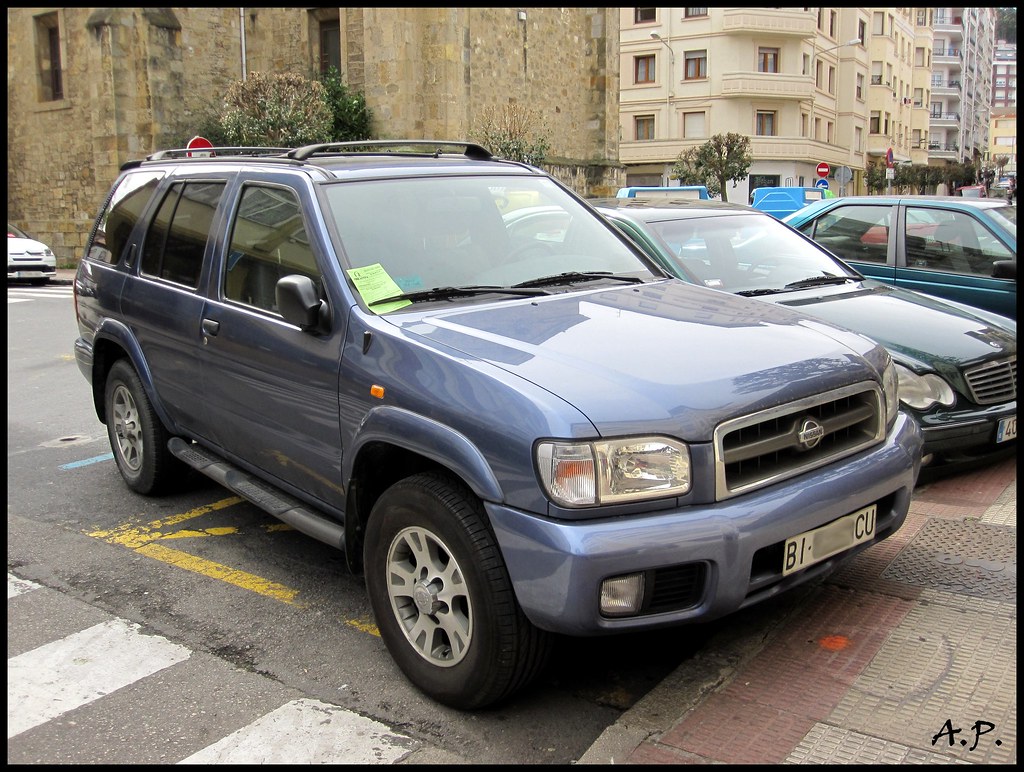
13. **Nissan Pathfinder**Despite its popularity as a family-friendly SUV, the Nissan Pathfinder has unfortunately earned a reputation for having a series of persistent problems that frequently leave owners regretting their purchasing decisions. For a vehicle intended for adventurous journeys and reliable family transport, its actual performance and durability often fall significantly short of expectations.
A major point of contention and a familiar culprit in Nissan’s lineup is the continuously variable transmission (CVT), which plagues the Pathfinder with a range of operational issues. Owners commonly experience rough shifting, disconcerting shuddering during acceleration, and even instances of the transmission overheating. These problems severely compromise the driving experience and raise serious questions about the vehicle’s long-term reliability.
To the chagrin of some Nissan Pathfinder owners, these transmission issues can escalate to the point where complete replacement of the CVT becomes necessary, incurring substantial and unforeseen expenses. Beyond the pervasive transmission woes, the Pathfinder also suffers from other significant mechanical and operational problems, including various engine issues and frustrating fuel system malfunctions. These collective reliability challenges transform the promise of a capable SUV into a source of constant frustration and financial drain.
Car Model Information: 2022 Nissan Pathfinder SV 4WD
Name: Nissan Pathfinder
Caption: 2023 Nissan Pathfinder Platinum 4WD (R53, US)
Manufacturer: Nissan
Production: 1985–present
Layout: unbulleted list
Chassis: unbulleted list
Predecessor: unbulleted list
Successor: unbulleted list
Categories: 1990s cars, 2000s cars, 2010s cars, 2020s cars, All-wheel-drive vehicles
Summary: The Nissan Pathfinder is a range of sport utility vehicles manufactured by Nissan since 1985. Until the third-generation model, the Pathfinder is based on Nissan’s compact pickup truck platform which it shares with the Navara/Frontier.
The Pathfinder was marketed as the Nissan Terrano (Japanese: 日産・テラノ, Hepburn: Nissan Terano) outside North America. Beginning in 2004, the vehicles were marketed globally as the Pathfinder.
In 2012, the R52 series Pathfinder was released as a three-row crossover SUV based on the unibody Nissan D platform, moving away from the body-on-frame chassis format. The role of a mid-size body-on-frame SUV in Nissan’s global lineup was passed to the Terra/X-Terra, which was released in 2018 and based on the D23 series Navara.
Get more information about: Nissan Pathfinder
Buying a high-performing used car >>>
Brand: Nissan Model: Pathfinder
Price: $26,988 Mileage: 56,759 mi.
Read more about: Parking Lot Purgatory: 14 Vehicles Owners Deeply Regret After Years of Ownership
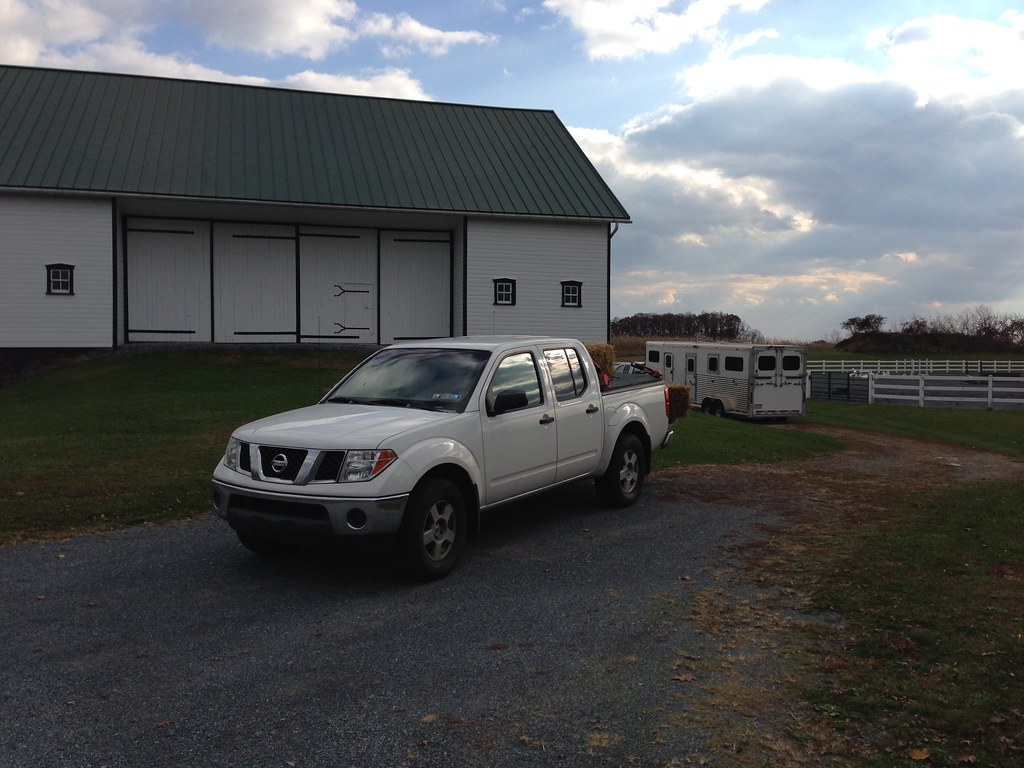
14. **Nissan Frontier**The Nissan Frontier, a mid-size pickup truck designed to be a rugged workhorse, has paradoxically become a source of intense frustration for many owners. Specific model years, particularly those manufactured from 2005 to 2010, are notorious for a severe and widespread transmission issue that leaves drivers shaking their heads and often metaphorically, or literally, pounding the dashboard with their fists.
The core of this significant problem lies in a design flaw where the radiator leaks coolant directly into the transmissions. This catastrophic intermingling of fluids leads to a cascade of debilitating issues for the transmission. Owners report symptoms such as slipping gears, extremely herky-jerky shifting, and, ultimately, complete transmission failure, rendering the truck unreliable and unsafe for its intended heavy-duty use.
As if these severe transmission problems weren’t enough, the Nissan Frontier from these problematic years also faces other substantial mechanical concerns. Owners frequently cite various engine issues that compromise performance and reliability. Additionally, problems with the timing chain are a recurrent theme, signaling a deeper engineering flaw that adds to the burden of ownership and the financial strain of maintaining the vehicle. For many, what should have been a dependable truck quickly becomes a money pit.
Car Model Information: 2017 Nissan Frontier SV-I4
Categories: All set index articles, Articles with short description, Nissan vehicles, Set index articles on cars, Short description is different from Wikidata
Summary: The Nissan Frontier is a nameplate used on three different pickup truck models by Nissan:
Nissan Frontier (international), an alternative nameplate for the NP300/Navara on some markets.
Nissan Frontier (North America), a rebadged NP300/Navara from 1997 to 2021, then became a separate model since 2021.
Nissan Frontier Pro, a rebadged Dongfeng Z9 that will be available from 2025. Available as both a diesel and plug-in hybrid, with the latter being the initial variant.
Get more information about: Nissan Frontier
Buying a high-performing used car >>>
Brand: Nissan Model: Frontier
Price: $17,435 Mileage: 63,351 mi.
Read more about: Beyond the Road: Unpacking the Complex Journey of EV Battery Recycling and Its Future
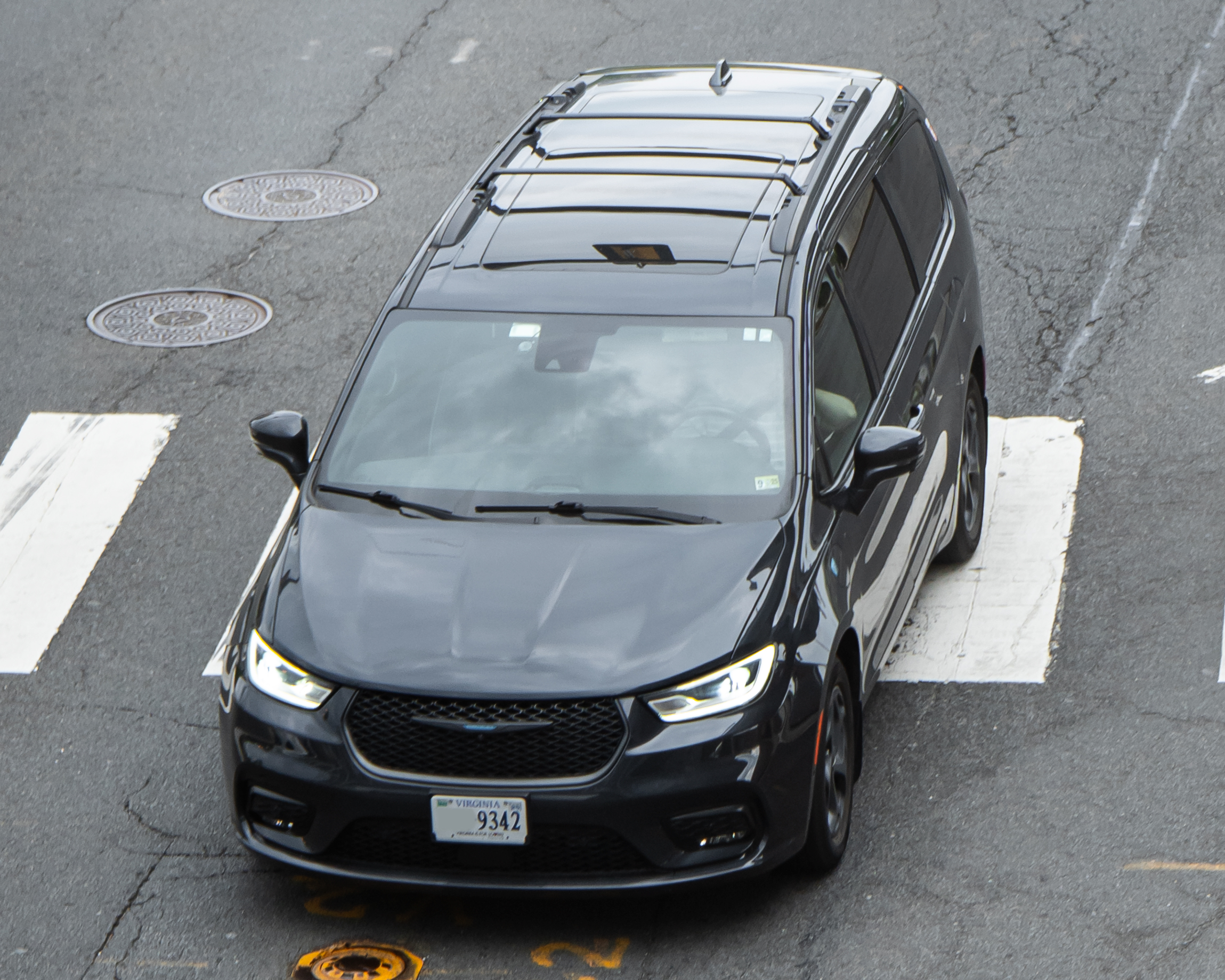
15. **Chrysler Pacifica Hybrid**The Chrysler Pacifica Hybrid, while a popular minivan praised for its innovative plug-in hybrid powertrain and the promise of improved fuel efficiency, has unfortunately proven to be a problematic choice for many owners. Despite its appealing proposition for environmentally conscious families, the reality of ownership often involves contending with a host of battery and electrical problems that significantly diminish its appeal.
According to numerous owners, the fuel efficiency benefits offered by the hybrid system are simply not enough to offset the persistent issues with its core components. Common complaints include frustrating battery drain, where the vehicle loses charge unexpectedly, and inconsistent all-electric range, which undermines the very purpose of a plug-in hybrid. More critically, reports of battery failure represent a major reliability concern and a significant financial liability.
Beyond the critical battery and electrical system issues, the Chrysler Pacifica Hybrid also faces problems with its electric continuous variable transmission. This adds another layer of mechanical complexity and potential failure points, further contributing to the vehicle’s reputation for unreliability. The cumulative effect of these various shortcomings means that for many owners, the list of problems simply goes on, leading to deep regret over choosing this otherwise promising minivan.
Car Model Information: 2017 Chrysler Pacifica Touring-L Plus
Categories: All set index articles, Articles with short description, Chrysler vehicles, Set index articles on cars, Short description is different from Wikidata
Summary: Chrysler Pacifica is a nameplate used by Chrysler for a variety of vehicles.
The name was first used on a luxury minivan concept vehicle in 1999, and later a crossover concept in 2002.
From 2004 to 2008, it was used on a mid-size crossover, and since the 2017 model year, it has been used as the Town & Country minivan’s replacement.
Vehicles using the nameplate are:
Chrysler Pacifica concept (1999), concept minivan
Chrysler Pacifica concept (2002), concept crossover
Chrysler Pacifica (crossover) (2004–2008), production version of the 2002 concept
Chrysler Pacifica (minivan) (2017–present), Chrysler Town & Country replacement
Get more information about: Chrysler Pacifica
Buying a high-performing used car >>>
Brand: Chrysler Model: Pacifica
Price: $14,397 Mileage: 72,657 mi.
Read more about: Parking Lot Purgatory: 14 Vehicles Owners Deeply Regret After Years of Ownership
Having navigated the intricate details of vehicles that, despite their initial allure, proved to be sources of profound regret, a clear pattern emerges. From powertrain pitfalls to persistent electrical gremlins and fundamental manufacturing flaws, the path to buyer’s remorse is often paved with unmet expectations and costly repairs. The journey through these 15 models serves as a crucial reminder: making an informed decision about a vehicle goes far beyond brand loyalty or flashy features. It demands a deep dive into real-world reliability, consistent performance, and the long-term impact on your wallet and peace of mind. By heeding these collective experiences, you can empower yourself to avoid similar costly mistakes, ensuring your next vehicle purchase brings lasting satisfaction rather than expensive regret.

